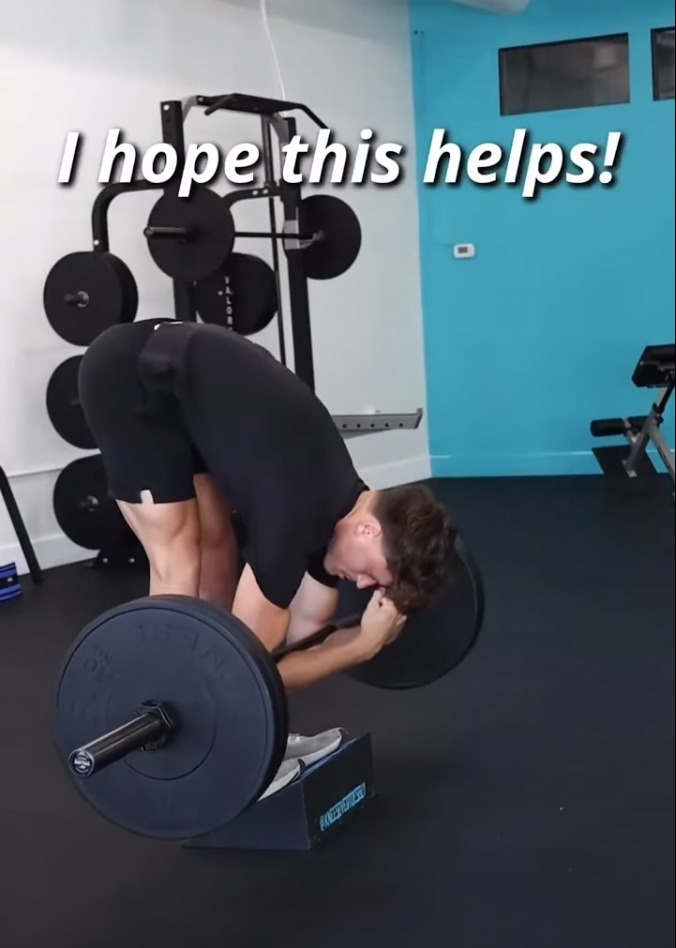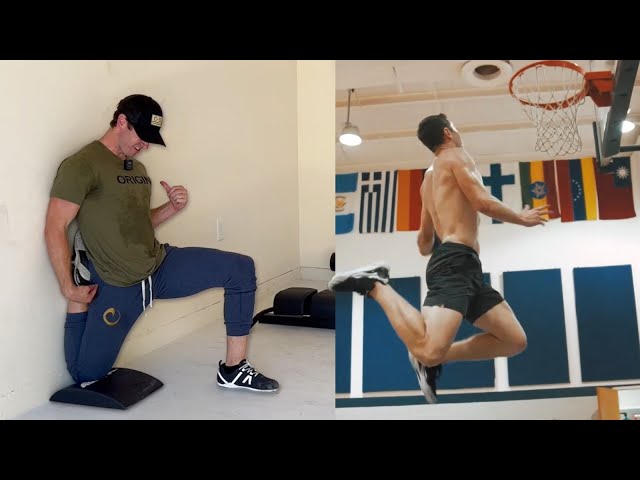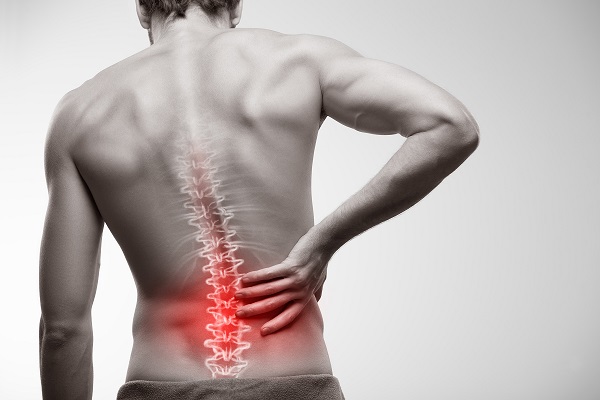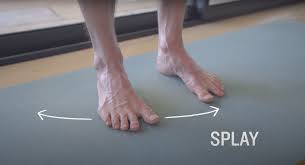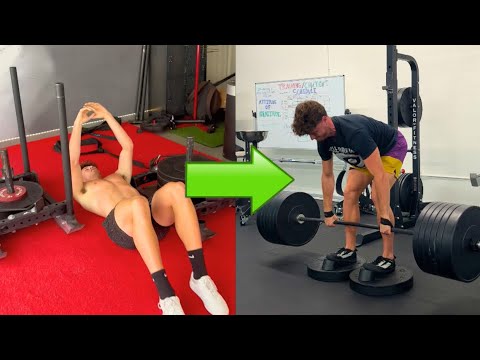
A Personal Journey of Overcoming Pain
Overcoming Herniated Disc: In this heartfelt video, Brendan, who faced the prospect of spinal surgery due to severe low back pain in 2020.The video is not only a personal reflection, but it also aims to connect with others who are going through similar struggles. The main theme is the importance of perseverance before giving up on healing a herniated disc.
Acknowledging the Struggle and Seeking Solutions
Brendan’s feelings of being lost and frustrated by numerous solutions are shared by the speaker. The key message is that there may be unexplored avenues for treating low back pain. Transition words such as “however,” “but,” and “yet” are used to highlight the contrast between perceived hopelessness and the possibility of solutions for a herniated disc.
The Unavoidable Reality of Low Back
The narrative pivots to a stark reality: the low back is an integral part of the body, and avoidance won’t work. Through a straightforward presentation of facts, the speaker establishes that giving up on training the low back is not an option, as the back will always be a part of one’s life. Transition words like “so,” “because,” and “therefore” guide the logical flow of information.
The Role of Training in Healing
The video emphasises the idea that no part of the body improves on its own. Using knee injuries as an example, the speaker encourages a patient and creative approach to training, dispelling the myth of avoidance. Transition words like “similarly,” “just as,” and “like” connect ideas, giving the argument a logical structure.
Learning from Unsuccessful Surgeries
The narrative shifts to discussing failed surgeries and sharing a personal experience with patellar tendonitis surgery. The speaker emphasises the importance of understanding the root cause rather than relying on quick fixes. Transition words such as “while,” “although,” and “yet” help to navigate the complexities of post-surgery experiences.
The Test of Your Life: Embracing the Challenge
The speaker addresses the audience as if they were in the midst of a life-changing experience. It is an invitation to grow in humility and despair. Transition words like “firstly,” “secondly,” and “thirdly” divide the discussion into key components: facts, test, and, finally, hope.
A Year of Dedicated Effort
A large portion of the video’s advice revolves around devoting a year to direct low back ability training. The speaker emphasises the value of patience, persistence, and a methodical approach. Transition words such as “if,” “then,” and “before” keep ideas flowing logically and guide the audience through the suggested timeline.
Putting Cards in Your Favour with Mobility
The video promotes a holistic approach to treating low back pain, including mobility exercises. The speaker goes over specific exercises while emphasising the importance of correcting muscle imbalances. Transition words like “if,” “then,” and “after” guide the audience through the steps of a thorough approach.
Curiosity as a Key to Recovery
Curiosity about one’s own pain becomes a focal point. The speaker shares personal experiences of discovering the value of specific exercises while investigating why injuries kept recurring. Transition words like “so,” “because,” and “then” emphasise the cause-and-effect relationships in the recovery process.
The Power of Self-Belief
The message transitions to instilling hope. The speaker expresses a belief that individuals are the ultimate solution to their problems. Transition words like “maybe,” “perhaps,” and “it turns out that” introduce a sense of discovery and possibility.
A Call to Persevere and Inspire
The video concludes with a metaphor comparing getting rid of low back pain to replacing an old phone battery. The speaker discusses personal development, emphasising that bad days are much better than good days in the past. The overarching message is that healing a herniated disc is possible, and the journey is all about patience. Transition words such as “anyway,” “so,” and “in conclusion” neatly summarise the message, emphasising the viewer’s agency in their healing journey.

